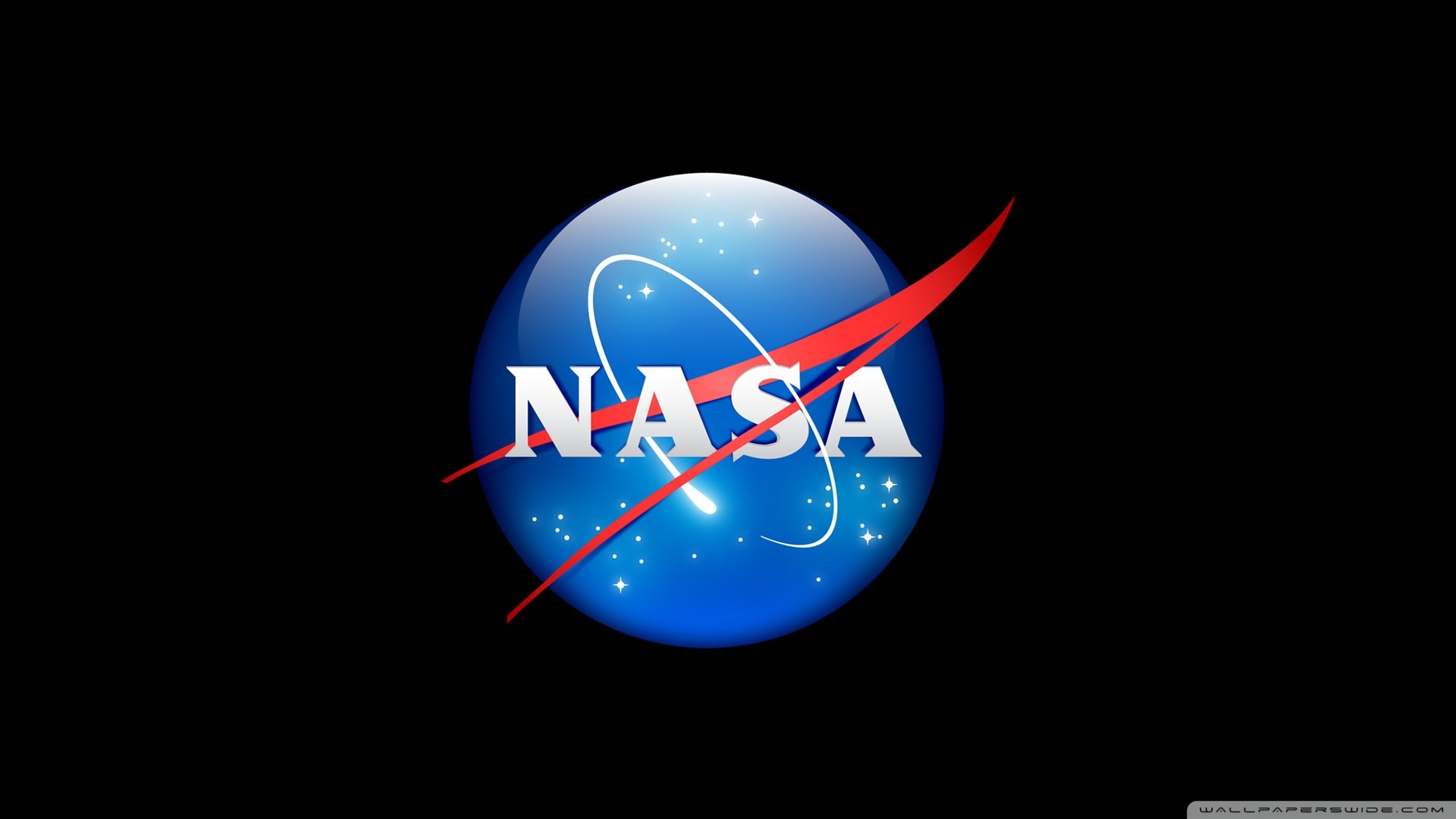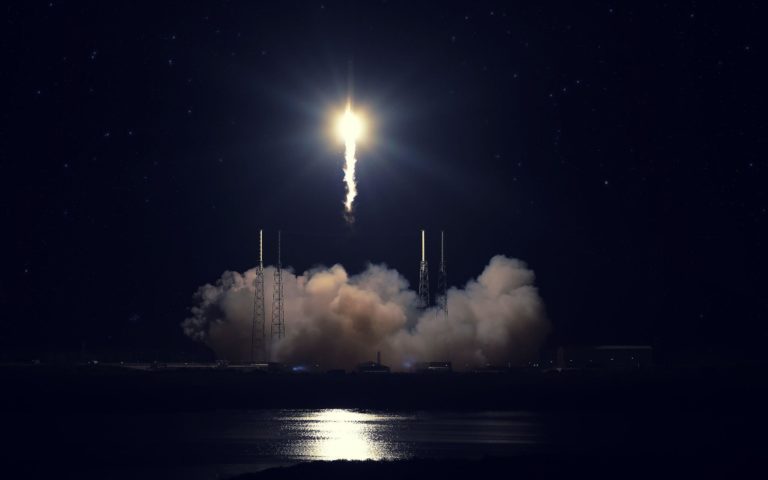
Such molecules drift through space, settling in clouds that then give birth to new stars, planets, asteroids - and whatever life might subsequently sprout. Indeed, the image revealed a band of dust that was being heated up as two of the galaxies ripped stars from each other.Ī view of the Southern Ring nebula, the remnants of an exploded star, revealed hints of complex carbon molecules known as polycyclic aromatic hydrocarbons, or PAHs, floating in its midst.

Four are so closely engaged in a gravitational dance that they will eventually merge. One infrared skyscape showed Stephan’s Quintet, five galaxies packed improbably tightly in the constellation Pegasus. A few miles away at the Space Telescope Science Institute in Baltimore, an overflow crowd of astronomers whooped and hollered, oohed and aahed, as new images flashed on the screen - evidence that their telescope was working even better than hoped. The new pictures were rolled out during an hourlong ceremony at the Goddard Space Flight Center that was hosted by Michelle Thaller, the center’s assistant director for science communication, with video stops around the world. Webb’s first deep field image, showing the galaxy cluster SMACS 0723. The first stars were composed of pure hydrogen and helium left over from the Big Bang, and they could grow far more massive than the sun - and then collapse quickly and violently into supermassive black holes of the kind that now populate the centers of most galaxies. The farther away a star or galaxy lies, the older it is, making every telescope a kind of time machine.Īstronomers theorize that the most distant, earliest stars may be unlike the stars we see today. To observe a star 10 light-years away is to see it as it existed 10 years ago, when the light left its surface. Light travels at a constant 186,000 miles per second, or close to six trillion miles per year, through the vacuum of space. To look outward into space is to peer into the past. The light from those galaxies, magnified into visibility by the gravitational field of the cluster, originated more than 13 billion years ago. The image, of a distant star cluster called SMACS 0723, revealed the presence of still more-distant galaxies spilled across the sky. President Biden offered a preview on Monday afternoon when he introduced what NASA officials and astronomers hailed as the deepest image yet taken of the cosmos, a mark that will probably be passed before the week is done as more data spews forth from NASA’s computers. Nothing contained herein is intended to express a judgment on, or affect the validity of legal status of, any word or term as a trademark, service mark, or other proprietary mark.John Mather, the senior project scientist on Webb and a Nobel Prize laureate for his work on the Big Bang, speaking to reporters at the Goddard Space Flight Center in Greenbelt, Md., on Tuesday. However no attempt has been made to identify or designate all words or terms to which trademark or other proprietary rights may exist.


Those words or terms that the authors and publisher have reason to believe are trademarks are designated as such by the use of initial capitalization, where appropriate. The use in this website and/or in related promotional print or video material of trademarked names and images is strictly for editorial and descriptive purposes, and no commercial claim to their use, or suggestion of sponsorship or endorsement, is made by Skyground Media Inc. The name “Apple” as well as related names, marks, emblems and images are registered trademarks of Apple Inc.

The official Apple website can be found at. We are not affiliated, associated, authorized, endorsed by, or in any way officially connected with Apple Inc., or any of its subsidiaries or its affiliates.


 0 kommentar(er)
0 kommentar(er)
